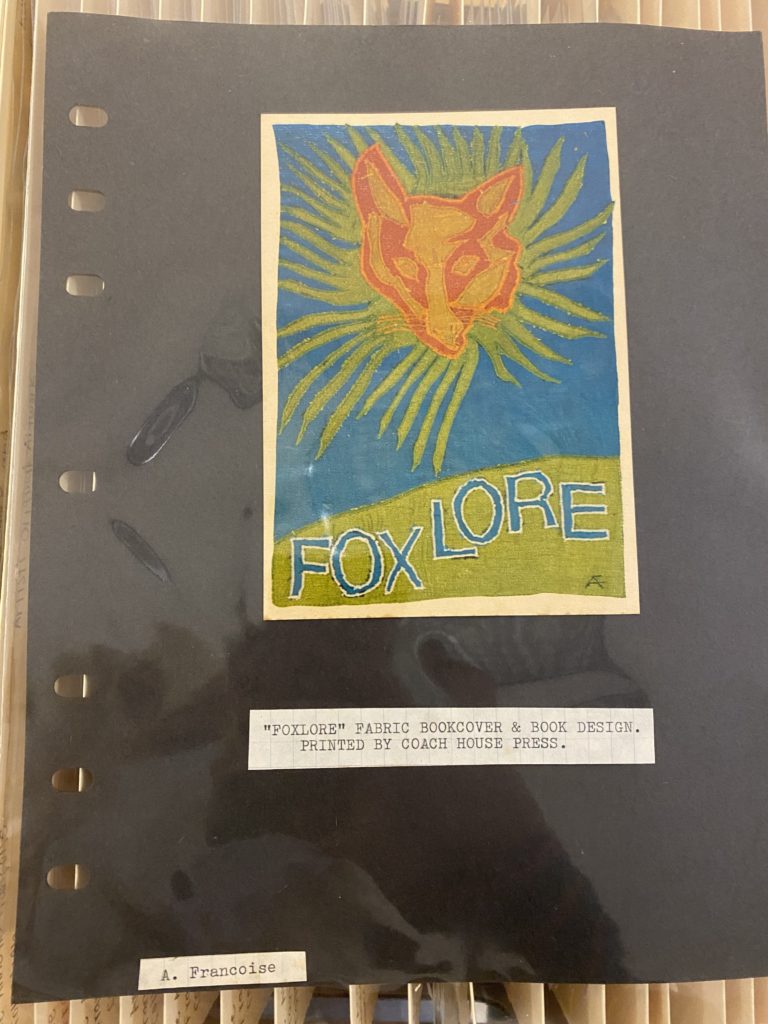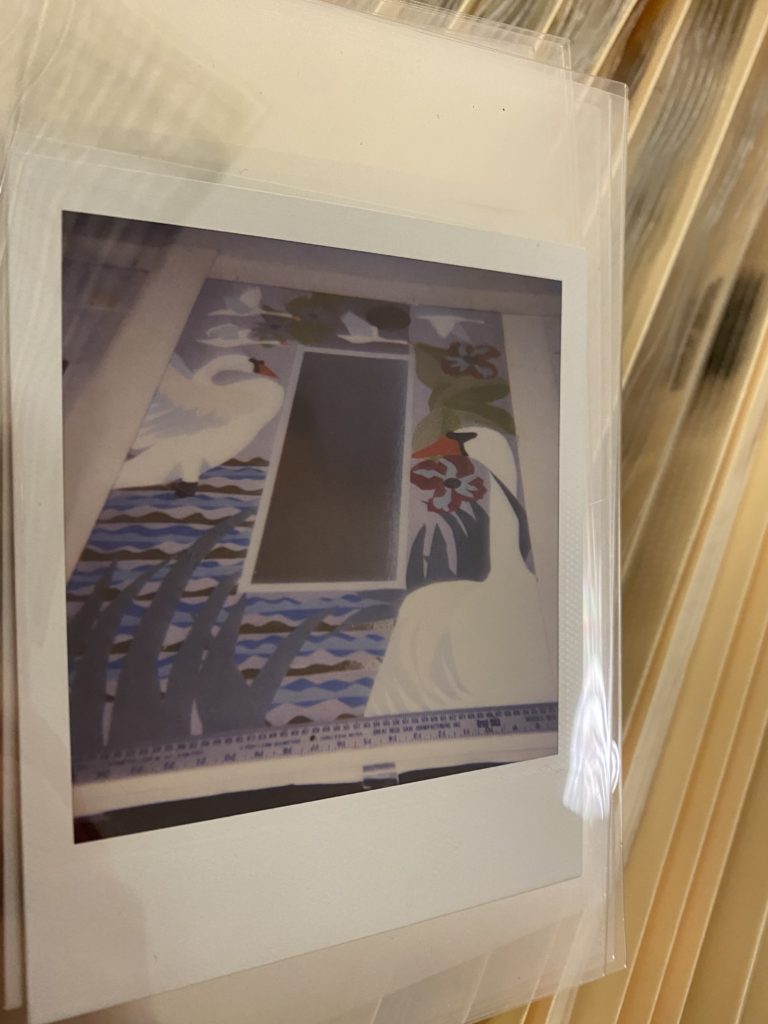300 some-odd maps, articles, magazine clips, receipts, and prints later, the survey’s complete. Now I’m toiling with direction. I yoke the plans.
A few days ago I was reading several articles which placed emphasis on the accessibility of material via description and order. I tried to get inside the head of a potential researcher. Who would approach this collection and why?
There were a few possible directions I could’ve gone: mapmaker, dates, regions, language, type of map, or place of production. Ultimately, it was decided between my manager and I to divide the series into maps and printed matter.
Within maps, the subseries were based off continents: South America, Africa, Southeast Asia/Pacific Islands. From there, I will focus on regions.
I do wonder how it will translate in description. English and French are the predominant languages. Do translations bode a particular value here? Of course. I feel there is something lost in combining them by region. Who produces and for what purposes would have great value in research.
There is a somewhat ironic knot to undo in the complications of homogenizing map producers based off the heterogeneity of their production.


